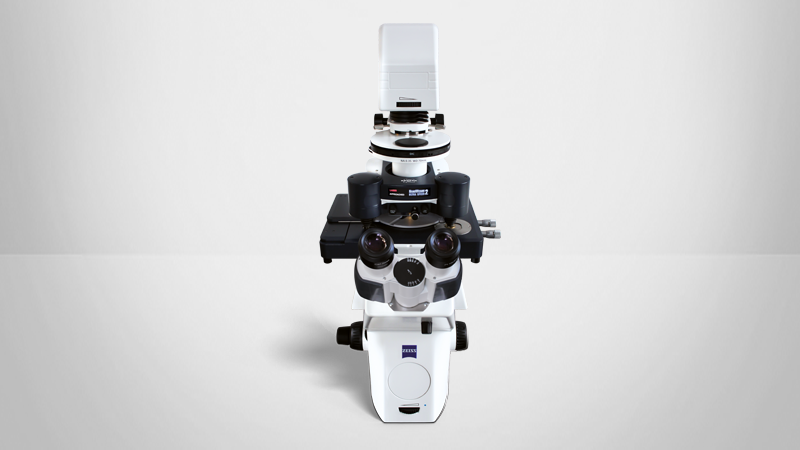Application Note: Investigation of Viruses Using Atomic Force Microscopy
Explore BioAFM Applications in Virology
The recent outbreak of Covid-19 and the resulting global pandemic affecting billions of people worldwide has shown how a nanoscopic particle can change the world around us. An organic entity that is one hundred nanometers (nms) in size, composed of proteins, lipids and RNA, and hardly considered to be a living organism, is responsible for more than one million deaths, millions of job losses, and billions of $/€ in economic losses within just nine months of its emergence. For a long time, researchers debated on the existence of small, microscopically invisible pathogens suspected to be responsible for multiple diseases in plants and animals. Only the discovery of the electron microscope in 1933 made it possible to visualize them for the first time. Since then, thousands of viruses have been imaged and classified. The advance of atomic force microscopy (AFM) in the early 1990s led to the imaging of biological samples in liquid with nanometer resolution and removed the electron microscope’s dominance as the sole tool for the investigation of viruses. In this application note, we present some prominent examples of AFM’s potential for investigating various types of viruses. Not only are AFM’s imaging capabilities will be highlighted here, but also its ability to measure the mechanical properties of viruses, their interactions with and adhesion to cells, and electrical properties.
Readers can expect to learn about:
- AFM-based high-resolution topography imaging and advanced mechanical and electrical characterization of virus particles and their life cycle;
- AFM modes that have revolutionized live cell imaging and high-resolution imaging in liquid; and
- Prominent examples of AFM’s potential for investigating various types of viruses.
KEYWORDS: AFM Virus; High-Resolution Imaging; Life Sciences; Microbiology; Quantitative Imaging; Virology

